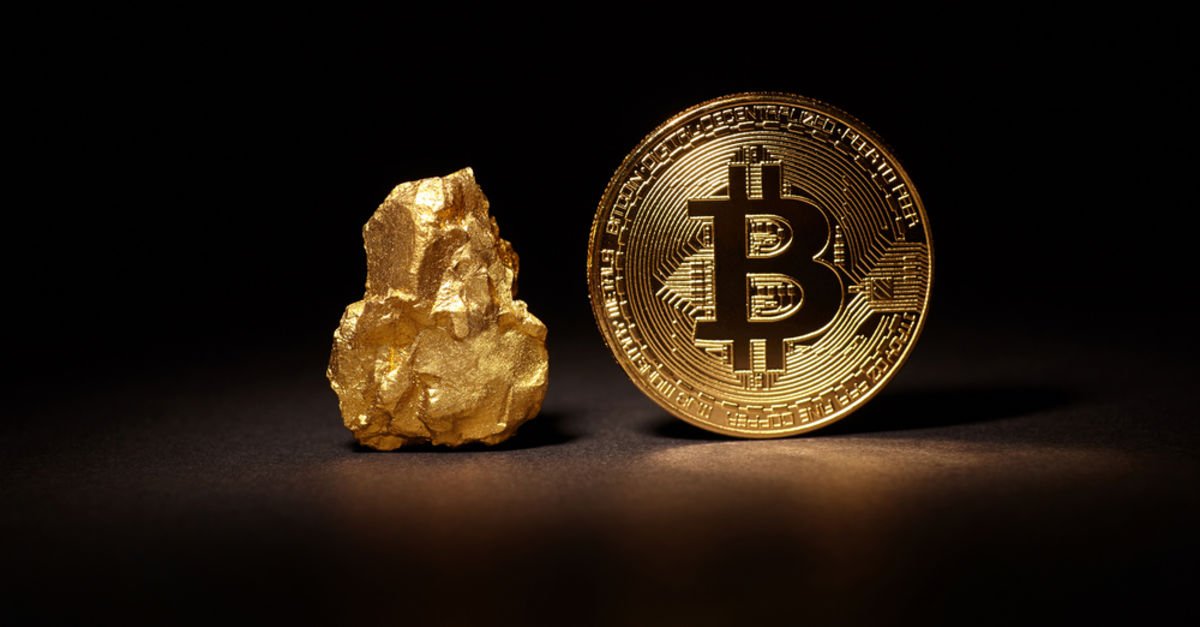
JPMorgan analysts explained that “depreciation trading,” a strategy where investors hedge against fiat devaluation with assets like gold and Bitcoin, has become a long-term trend rather than a temporary phenomenon.
Nikolaos Panigirtzoglou and his team have highlighted the increasing structural importance of both gold and Bitcoin in investor portfolios in a report published in 2018. “The rise in gold prices over the past year has far outpaced the movements implied by dollar and real bond yield changes, and likely reflects the reemergence of this ‘depreciation trade,’” the analysts wrote.
Bitcoin is also gaining importance, with record capital inflows into the cryptocurrency market in 2024 pointing to its growing role as a portfolio staple. “Bitcoin is becoming a more important component of investors’ portfolios,” the report said.
Value trading focuses on assets that preserve value against fiat devaluation, which is often triggered by factors such as inflation, rising government debt, and geopolitical instability. Gold and bitcoin have become prime candidates for this strategy, attracting the attention of both institutional and individual investors.
Gold’s structural upside is evident in the increasing volumes held by central banks and private investors. Investments in physical gold, gold ETFs and other instruments now represent a significant portion of global non-bank investor assets.
JPMorgan analysts remain bullish on the outlook for both gold and Bitcoin. In October, they predicted a bullish outlook for the cryptocurrencies through 2025, driven by bearish trading and increasing institutional adoption.
If fiat currency problems persist, analysts argue that assets like gold and BTC will become even more attractive. “The depreciation trade is here to stay,” they concluded.
*This is not investment advice.










